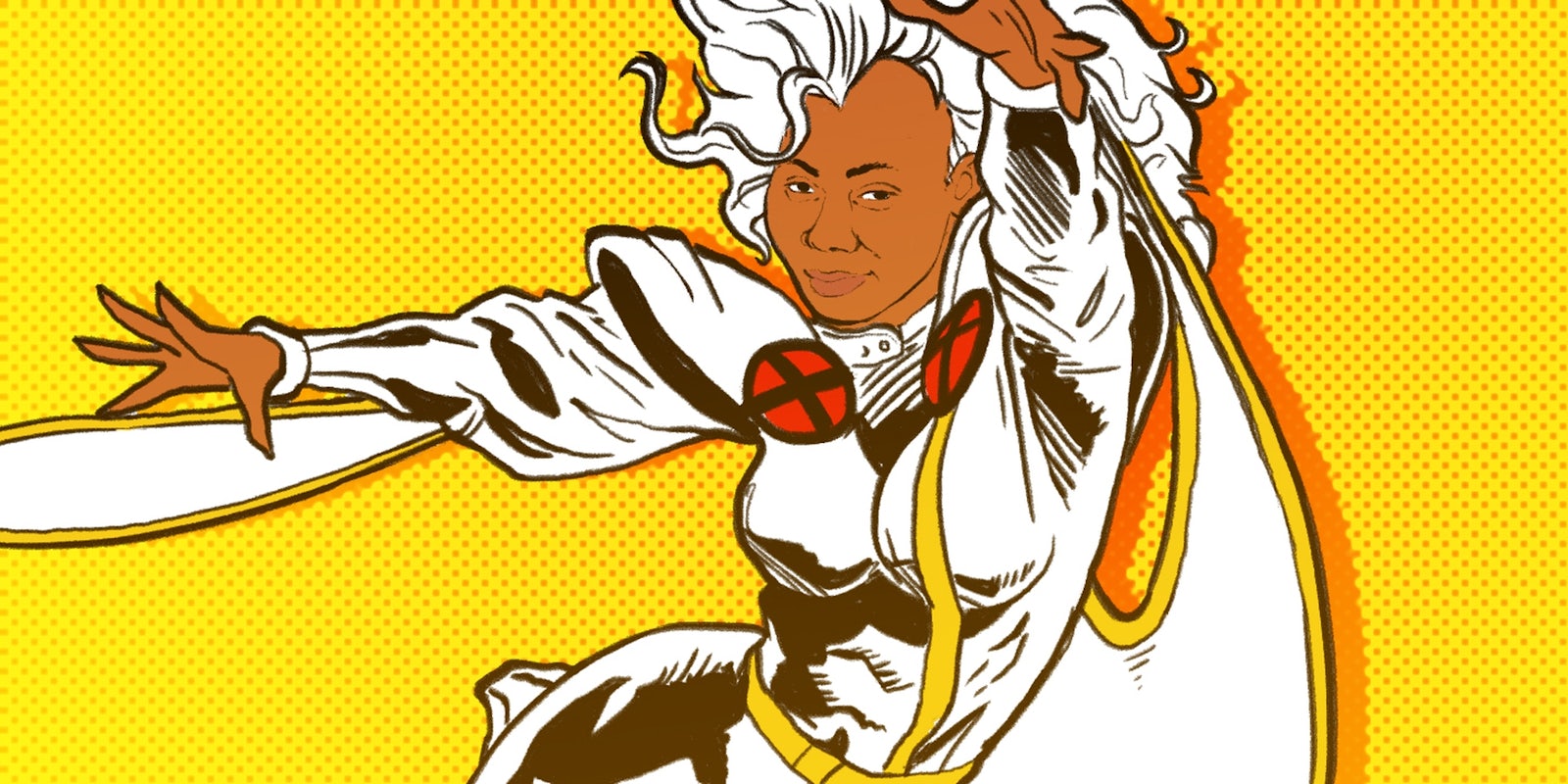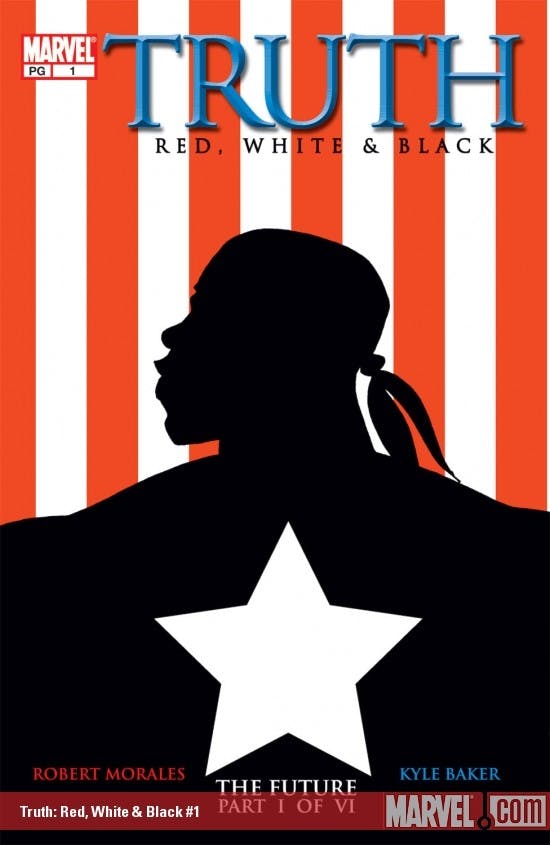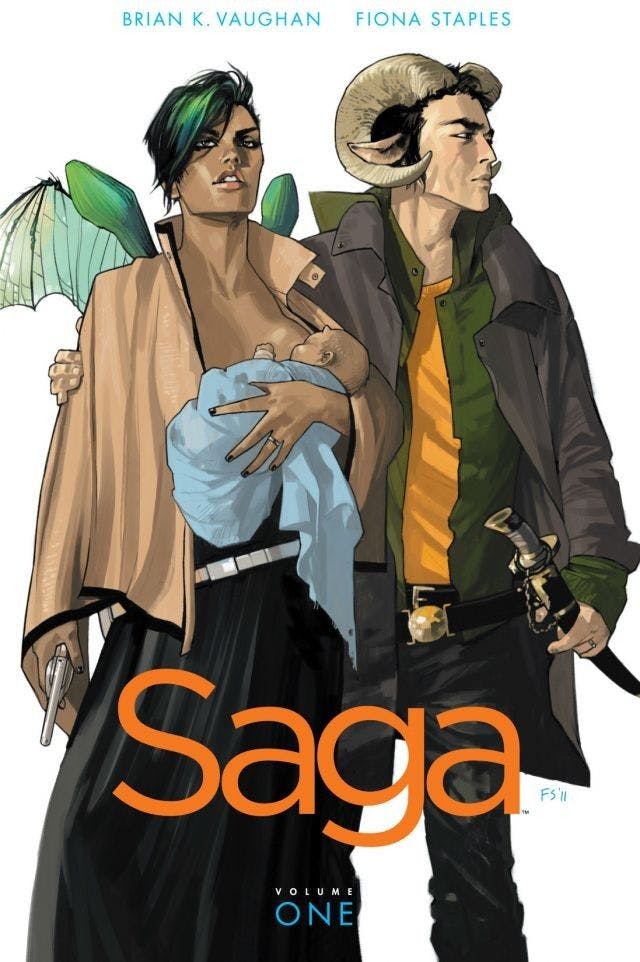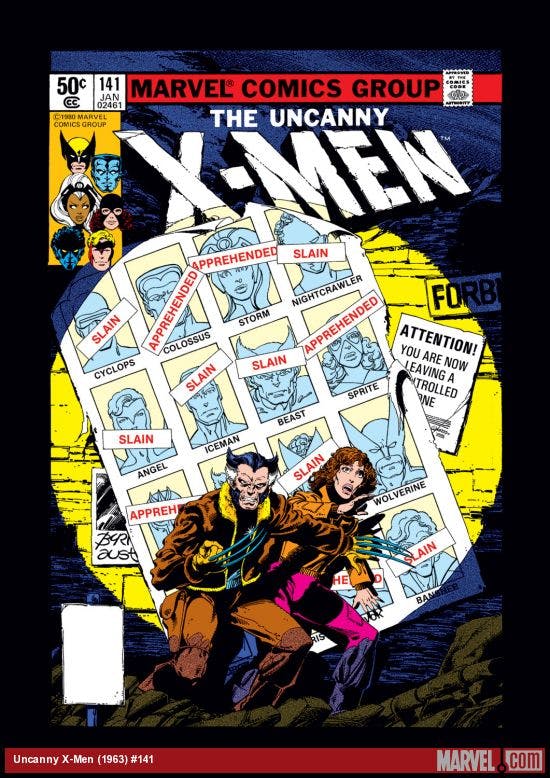Advocates of diversity in comics kicked off 2016 with a big milestone when Ariell Johnson opened the first black woman-owned comic book store on the East Coast: Amalgam Comics & Coffeehouse, Inc.
Johnson, 33, embraced her identity as a geek in college and became known as an advocate for diversity in geek culture and better representation in comics. “Representation is important,” Johnson told the Daily Dot at the fourth Annual Black Comic Book Festival in New York last month. “I think people who are part of the majority … are represented well, all the time and in different iterations—it’s like you get to be whoever you want.”
“When you are in those groups it’s easy to downplay representation like, ‘Oh, it’s not that important. It’s not that big of a deal,’” she added. “You say that, but you always see yourself.”
Johnson credited Marvel for taking strides to diversify its lineup—including Amadeus Cho, a Korean-American super-genius, who became the new Hulk; the current run of Thor featuring a woman in the role; the beloved Muslim/Pakistani-American teen Kamala Khan as the new Ms. Marvel; Sam Wilson‘s ascent from the superhero role of Falcon to become the new Captain America (though Marvel just brought back the original Cap, Steve Rogers); and fan-favorite Miles Morales, the black and Latino teen who became Spider-Man.
“They’re reading their fanbase, and it’s like, ‘We want to see more,’” Johnson said. “We can do more; we can do better. We still have a ways to go.”
Although Marvel and DC are now recognizing the need for more diversity and better representations, the comics industry still has a long way to go to represent both characters and creators of color. Image Comics and other independent publishers have increasingly played a role in allowing new voices and viewpoints to emerge.
We asked Johnson for her diverse comics recommendations, and she answered with a list of both mainstream and independent writers and artists.
1) Y: the Last Man
Johnson recommended this acclaimed Vertigo comic book series due to Saga creator Brian K. Vaughan’s ability to write well-rounded, fully developed and diverse characters.
Y: the Last Man is literally about the last man on earth, Yorick Brown, following a plague that wiped out all other male mammals except he and his pet monkey, Ampersand.
The series featured Agent 355, a black woman who acted as Brown’s bodyguard, and Dr. Allison Mann, a Japanese and Chinese geneticist who is also a lesbian.
Learn the origin of Yorick’s protector, Agent 355, and more in Y: THE LAST MAN BOOK TWO: http://t.co/ns49VvKpxb pic.twitter.com/wjjcScodfc
— DC Vertigo (@vertigo_comics) March 10, 2015
“[There’s] nothing stereotypical about those characters,” Johnson said. “They are human beings with strengths and weaknesses. You just get to see their full humanity, and that’s really exciting to see.”
The comic book was published by Vertigo from 2002-2008.
2) Niobe: She Is Life
Johnson is reading Niobe: She Is Life, a nine-issue series created by Amandla Stenberg about a teenage black girl who is a half elf, half-human orphan running from the devil and on a quest to save the fantasy world Asunda.
According to Johnson, the fantasy genre rarely integrates people of color, but there are opportunities.
“One of my issues with things like Lord of the Rings is if you want to debate that the humans all have to be white because [it’s] in Europe or whatever—fine, but when you get to like an elf—elves can look like anything,” Johnson said.
The comic book series was launched by Stranger Comics in November.
3) Truth: Red, White, and Black
“This story takes its inspiration from the Tuskegee Experiments,” Johnson said. “It’s the story of the black soldiers that the government used to test their Super Soldier Serum, the serum that would eventually create Steve Rogers a.k.a. Captain America.”
“I’m actually really surprised this book got published, especially by Marvel,” Johnson said. She added, “This story really struck my heart because I read it after completing a research paper on the Tuskegee Experiment for one of my classes at Temple.”
Everything about this story rang true to me. If the Super Soldier Serum was real, I believe that the government would have tested it out on black people first before they even thought about using it on a white person… especially in the 1940s. The story really goes there, and explores that. And I think it demonstrates the strength of black people as a whole, how we continue to fight and strive for excellence in the face of such blatant disregard and abuse. Definitely worth a read!
4) Saga
“Anything that Brian K. Vaughn writes should be read,” Johnson told us. “Period. He is a white male, but he writes really strong and really well developed characters of color and women. He is a great storyteller. His stories grab you from the beginning.”
5) X-Men: Days of Future Past (Uncanny X-Men #141–142)
“The first time I read this story-line I borrowed the books from a friend,” Johnson said. “Immediately after finishing the story I knew that I needed to own this story-line (and I do!). This is a great time-travel/alternate universe story that influenced the X-Universe for years to come. And they are the first comic books that made me cry.”
Comics like these and more are what Johnson is spotlighting at Amalgam, but she doesn’t want a separation of diversity in comics from mainstream heavyweights like Batman and Superman.
“I don’t want it to be this separate thing [like], ‘the black comics are here; the Latino comics are here; and the Asian comics are here,’” she said. Johnson wants these titles on the same wall in order to prevent othering of characters of color.
“You see it, and it doesn’t become this weird thing. It becomes normalizing … So people get use to seeing other people.”
Illustration via Max Fleishman





